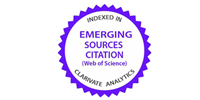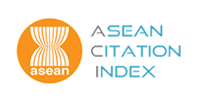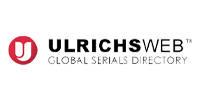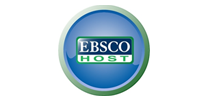Effects of UV Laser Radiation and Soft Lithographic Patterning on the Wettability of Silk Thin Films
DOI:
https://doi.org/10.58915/ijneam.v18iJune.2340Keywords:
Wettability, Contact angle, Surface energy, Silk Fibroin, Laser ablation, 193 nm laserAbstract
Liquid interaction with solids is crucial to optimize material design and processes across many applications. Therefore, wettability is of significant importance in such interactions. This study investigates the impact of an excimer laser of 193 nm wavelength patterned Silk fibroin (SF) films. Various techniques were employed to characterize the SF films, including AFM, SEM, and WLI. A UV–visible spectrophotometer was utilized to assess the morphological and optical characteristics of the SF films. Laser structuring generated periodic gratings (5–10 μm) and increased surface roughness, reducing water contact angles by 50%—indicating a dramatic wettability shift from hydrophobic to hydrophilic behavior. The films exhibited strong UV absorption (α = 7.3×10⁴ cm⁻¹) while maintaining optical clarity in visible wavelengths, ideal for light-guiding applications. AFM and SEM revealed that laser patterning softened the SF matrix and introduced micro/nanoscale topography, directly correlating with a 40–50% increase in surface energy (WLI-validated). These modifications enable precise liquid-surface interactions critical for biosensor interfaces, drug-eluting coatings, or cell-adhesive substrates. The combined optical tunability (UV-Vis) and wettability control (contact angle: 90° → 45°) position laser-patterned SF films as a dual-functional platform for lab-on-chip devices or implantable photonic therapeutics.
Downloads
Published
How to Cite
Issue
Section
License
Copyright (c) 2025 International Journal of Nanoelectronics and Materials (IJNeaM)

This work is licensed under a Creative Commons Attribution-NonCommercial-ShareAlike 4.0 International License.

















